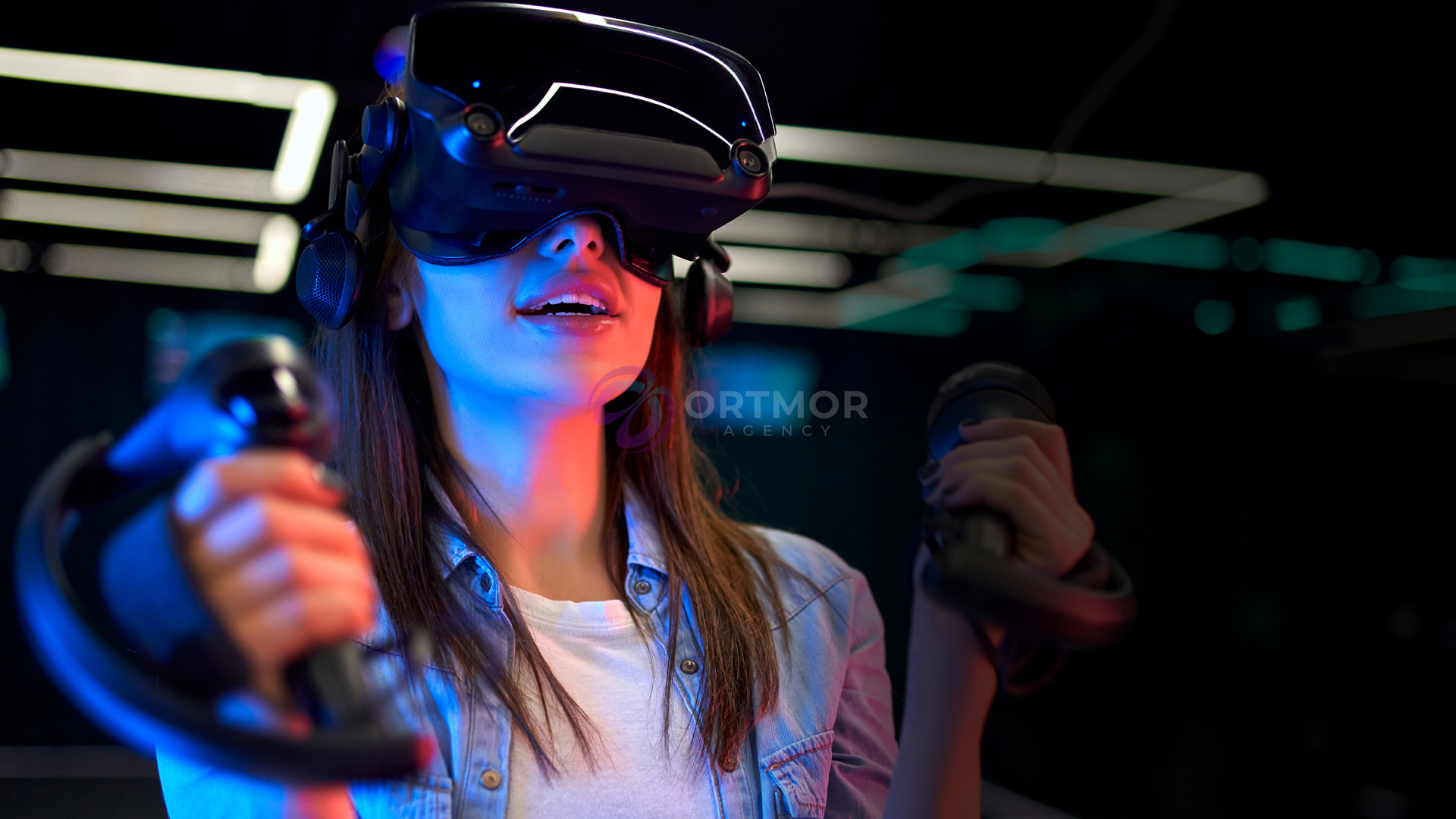Index Surge: Amplifying Your Insights
Stay updated with the latest trends and news across various industries.
Reality Check: Is Virtual Reality Actually Worth the Hype?
Discover if virtual reality lives up to the hype! Uncover insights, trends, and the true value of VR in today’s tech landscape.
The Truth Behind the Hype: Understanding the Benefits of Virtual Reality
The buzz surrounding Virtual Reality (VR) has captured the imagination of many, but what lies behind this hype? At its core, VR is more than just an exciting escape; it offers transformative experiences across various sectors. From gaming to education, VR creates immersive environments where users can engage in a way that traditional media cannot. For example, in the realm of education, students can participate in virtual field trips or simulations that enhance learning through hands-on experiences, making complex subjects more accessible and engaging.
Moreover, the health and wellness industry is rapidly adopting Virtual Reality as a tool for therapy and rehabilitation. Techniques such as exposure therapy utilize VR to help individuals confront fears in a controlled environment. Additionally, VR can assist in pain management and physical rehabilitation, allowing patients to tune out discomfort while engaging in therapeutic exercises. As industries continue to harness the power of VR, understanding its benefits is crucial for leveraging this technology’s full potential.

Exploring Use Cases: Is Virtual Reality Transforming Industries?
Virtual Reality (VR) is revolutionizing various industries by enhancing user experiences and improving operational efficiency. In the healthcare sector, for instance, VR is used for medical training and surgical simulations, allowing professionals to practice complex procedures in a risk-free environment. This innovative approach not only helps improve skill sets but also prepares medical staff for real-life emergencies. Additionally, the education industry has embraced VR technology to create immersive learning experiences, making complex concepts easier to understand through interactive lessons.
Moreover, the real estate sector has seen a dramatic shift with the adoption of VR tools, enabling prospective buyers to take virtual tours of properties from the comfort of their homes. This not only saves time but also broadens the market reach for sellers. In the entertainment industry, VR is delivering groundbreaking gaming experiences and transforming how audiences engage with media. As these use cases demonstrate, the transformative power of VR is making significant strides across multiple sectors, paving the way for further innovation and development.
Virtual Reality vs. Reality: What Are the Real Costs and Benefits?
When comparing Virtual Reality to reality, it's essential to evaluate the costs and benefits associated with each. VR technology offers immersive experiences that can enhance fields such as education, training, and entertainment. However, the financial investment can be significant. Expenses include high-quality headsets, software licenses, and potential hardware upgrades. Additionally, there are ongoing costs related to content creation and maintenance. In contrast, engaging with reality incurs lower upfront costs, as traditional methods of learning and interaction often require less technological investment. However, they may lack the engaging and transformative potential that virtual reality provides.
On the benefits side, virtual reality achieves remarkable results in areas like therapy, where patients can confront their fears in a controlled, safe environment. Furthermore, VR can simulate scenarios that enhance learning outcomes, making concepts easier to grasp by providing hands-on experiences. On the other hand, reality allows for genuine human interactions, which are crucial for emotional and social development. Therefore, the choice between these mediums often hinges on the specific objectives of the user and the context in which they are applied, balancing the immersive allure of virtual experiences against the authenticity of real-life interactions.